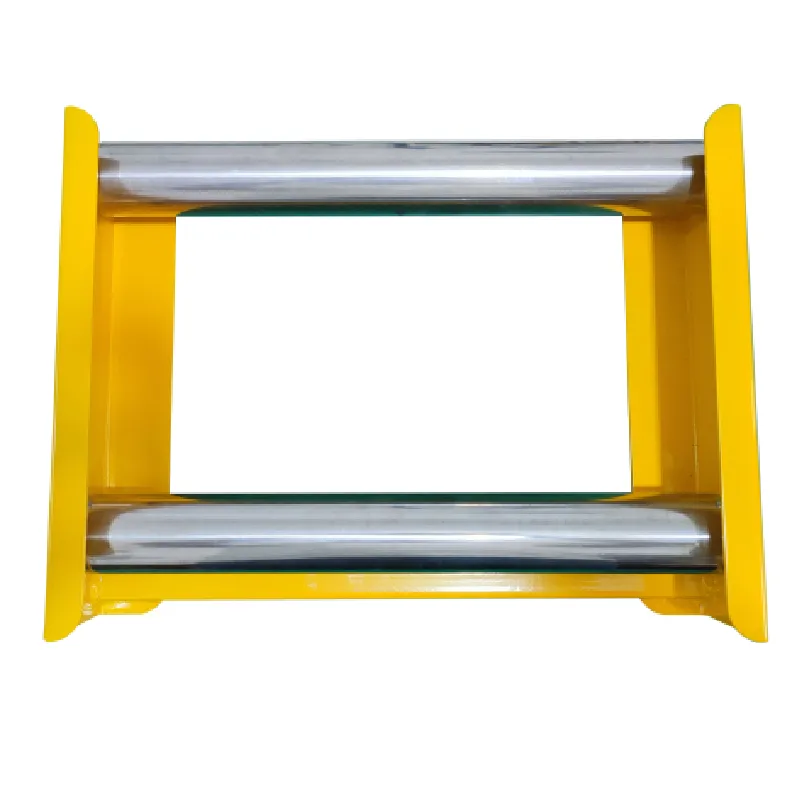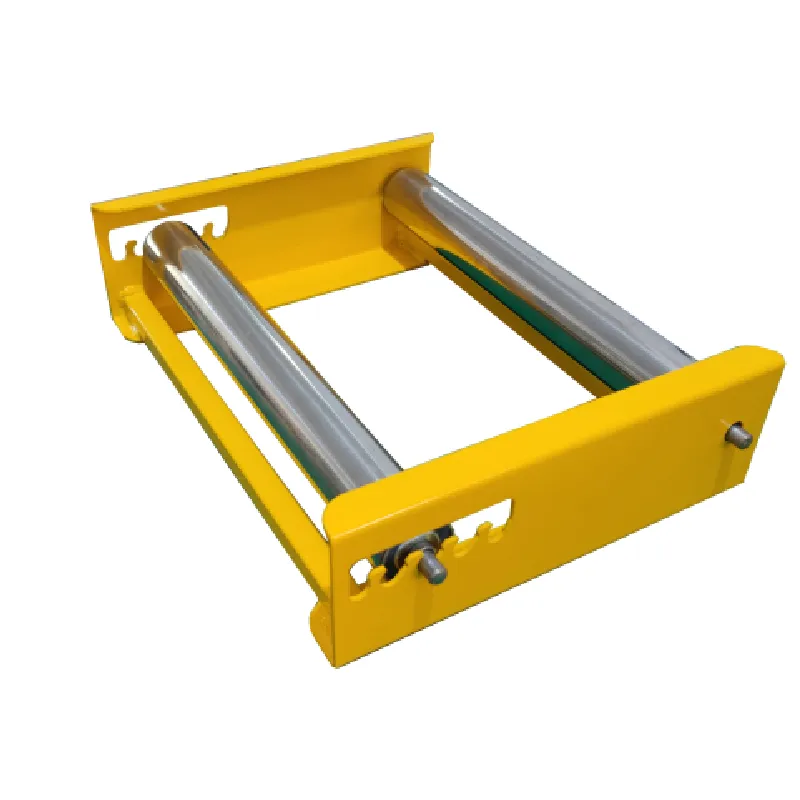
-
 Afrikaans
Afrikaans -
 Albanian
Albanian -
 Amharic
Amharic -
 Arabic
Arabic -
 Armenian
Armenian -
 Azerbaijani
Azerbaijani -
 Basque
Basque -
 Belarusian
Belarusian -
 Bengali
Bengali -
 Bosnian
Bosnian -
 Bulgarian
Bulgarian -
 Catalan
Catalan -
 Cebuano
Cebuano -
 Corsican
Corsican -
 Croatian
Croatian -
 Czech
Czech -
 Danish
Danish -
 Dutch
Dutch -
 English
English -
 Esperanto
Esperanto -
 Estonian
Estonian -
 Finnish
Finnish -
 French
French -
 Frisian
Frisian -
 Galician
Galician -
 Georgian
Georgian -
 German
German -
 Greek
Greek -
 Gujarati
Gujarati -
 Haitian Creole
Haitian Creole -
 hausa
hausa -
 hawaiian
hawaiian -
 Hebrew
Hebrew -
 Hindi
Hindi -
 Miao
Miao -
 Hungarian
Hungarian -
 Icelandic
Icelandic -
 igbo
igbo -
 Indonesian
Indonesian -
 irish
irish -
 Italian
Italian -
 Japanese
Japanese -
 Javanese
Javanese -
 Kannada
Kannada -
 kazakh
kazakh -
 Khmer
Khmer -
 Rwandese
Rwandese -
 Korean
Korean -
 Kurdish
Kurdish -
 Kyrgyz
Kyrgyz -
 Lao
Lao -
 Latin
Latin -
 Latvian
Latvian -
 Lithuanian
Lithuanian -
 Luxembourgish
Luxembourgish -
 Macedonian
Macedonian -
 Malgashi
Malgashi -
 Malay
Malay -
 Malayalam
Malayalam -
 Maltese
Maltese -
 Maori
Maori -
 Marathi
Marathi -
 Mongolian
Mongolian -
 Myanmar
Myanmar -
 Nepali
Nepali -
 Norwegian
Norwegian -
 Norwegian
Norwegian -
 Occitan
Occitan -
 Pashto
Pashto -
 Persian
Persian -
 Polish
Polish -
 Portuguese
Portuguese -
 Punjabi
Punjabi -
 Romanian
Romanian -
 Russian
Russian -
 Samoan
Samoan -
 Scottish Gaelic
Scottish Gaelic -
 Serbian
Serbian -
 Sesotho
Sesotho -
 Shona
Shona -
 Sindhi
Sindhi -
 Sinhala
Sinhala -
 Slovak
Slovak -
 Slovenian
Slovenian -
 Somali
Somali -
 Spanish
Spanish -
 Sundanese
Sundanese -
 Swahili
Swahili -
 Swedish
Swedish -
 Tagalog
Tagalog -
 Tajik
Tajik -
 Tamil
Tamil -
 Tatar
Tatar -
 Telugu
Telugu -
 Thai
Thai -
 Turkish
Turkish -
 Turkmen
Turkmen -
 Ukrainian
Ukrainian -
 Urdu
Urdu -
 Uighur
Uighur -
 Uzbek
Uzbek -
 Vietnamese
Vietnamese -
 Welsh
Welsh -
 Bantu
Bantu -
 Yiddish
Yiddish -
 Yoruba
Yoruba -
 Zulu
Zulu


تەموز . 21, 2025 12:01 Back to list
Best Cable Pulling Tools: High-Performance & Durable Solutions for Pros
As technological advancements continue to reshape industries, cable pulling tools have emerged as critical components in modern electrical and telecommunications infrastructure projects. These specialized tools not only enhance efficiency but also significantly reduce installation time and labor costs. From large-scale industrial projects to residential installations, choosing the appropriate cable pulling equipment is essential for any successful cable deployment operation.
Phone: 0086-311-88862036
Email: info@bilopowtel.com
Mobile: 008615226563165
Website: www.bilopowtel.com
Fundamentals of Cable Pulling Systems
Understanding the physics and mechanics of cable installation helps professionals select the right tools for their specific application. Cable pulling systems typically incorporate several components working in concert: power sources, tension control mechanisms, cable guidance systems, and protective elements. When properly coordinated, these cable pulling tools allow cables to be installed efficiently through conduits, cable trays, and other pathways with minimal stress on the conductors.
The industry has evolved significantly since the early days of manual pulling methods. Today, specialized tools like the cable pulling winch provide controlled mechanical advantage, allowing installers to pull thousands of feet of heavy cable with minimal effort. Simultaneously, innovations such as cable tray rollers ensure smooth movement through support systems, significantly reducing friction and preventing damage to cable jackets.



Cable Drum Roller Dispenser: Essential Equipment
As featured equipment from Shijiazhuang Bilo, the Cable Drum Roller Dispenser plays a pivotal role in modern cable installation projects. This sophisticated device provides critical support and stabilization for cable drums during deployment operations, ensuring smooth and controlled cable payout regardless of cable weight or length.
Technical Advantages
Engineered for heavy-duty applications, the dispenser features a robust structural design combined with precision-balanced rollers that minimize rotational resistance. The adjustable brake system offers precise tension control, preventing cable overrun and tangling during deployment. This capability is particularly valuable when working with premium cable products where surface protection is paramount.
Operational Efficiency
Significantly reducing manual handling requirements, this dispenser allows a single operator to control large cable deployments that previously required entire teams. Its compatibility with various drum sizes and cable types makes it versatile across numerous applications, from industrial power cables to sophisticated fiber optic installations.


Cable Pulling Equipment Technical Specifications
The performance metrics of cable pulling equipment directly impact project planning and execution. Understanding capacity ratings, power requirements, and compatibility specifications is essential for selecting appropriate tools for specific installation environments.
| Equipment Type | Max Capacity (lbs) | Power Source | Cable Diameter Range | Typical Applications |
|---|---|---|---|---|
| Cable Pulling Winch | 10,000 | Hydraulic/Electric | 0.5-4 inches | Industrial power, Sub-stations |
| Cable Pulling Sock | 5,000 | Manual | 0.25-2 inches | Commercial buildings, Residential |
| Cable Tray Rollers | N/A | Passive | Unlimited | Cable tray installations |
| Cable Drum Dispenser | 15,000 | Mechanical | 0.25-5 inches | All cable deployment scenarios |
| Conduit Rodder | 1,500 | Manual/Electric | Up to 4 inch conduits | Underground installations |
ECharts: Cable Pulling Tools Market Analysis
Cable Pulling Tools in Specialized Applications
The evolution of cable pulling tools continues to address increasingly complex installation challenges across diverse sectors:
1. Renewable Energy Installations
Wind and solar farms require specialized cable pulling equipment capable of managing lengthy runs of high-voltage conductors in challenging outdoor conditions. Corrosion-resistant materials and sealed components ensure long-term reliability in these demanding environments.
2. Data Center Infrastructure
Modern data centers utilize high-density fiber pathways that demand precise cable tray rollers and specialized pull grips that prevent damage to fragile optical fibers. Installation speed and accuracy are paramount in these high-value facilities.
3. Urban Utility Networks
Underground cable installations in congested urban areas require sophisticated horizontal directional drilling equipment combined with specialized pulling socks that protect conductors during installation through existing conduit networks.
Technical FAQ: Cable Pulling Equipment
Industry References & Authoritative Research
The following research articles and industry publications provide valuable insights into cable pulling technologies:
Optimize Your Cable Installation Operations
Discover advanced cable pulling solutions including our premium Cable Drum Roller Dispenser designed for demanding industrial applications. Visit our product page to explore complete specifications and technical documentation:
Conclusion: The Future of Cable Pulling Technology
The future of cable pulling tools lies in continued integration with digital technologies. AI-assisted tension control systems, automated lubrication application, and smart path mapping algorithms represent the next evolutionary step for professional cable installation equipment. As global infrastructure expands, innovations in cable pulling equipment will play an increasingly vital role in efficiently connecting power and data networks worldwide.
Companies like Shijiazhuang Bilo Import and Export Trading Co., Ltd. continue to advance cable deployment technology, with products like their Cable Drum Roller Dispenser setting new industry standards for reliability and efficiency. As installation challenges grow increasingly complex, specialized cable pulling tools become not just advantageous but essential components of successful electrical construction projects.
Further industry insight can be found in these additional resources:
Latest news
What Are Construction Tools and How Are They Used?
NewsJul.11,2025
Professional-Grade Duct Rodding Tools for Superior Cable Installation
NewsJul.11,2025
Enhancing Safety and Efficiency with Modern Hot Stick Solutions
NewsJul.11,2025
Empowering Cable Installation with Advanced Rodder Solutions
NewsJul.11,2025
Elevate Your Cable Installation Projects with Cable Pulling Tools
NewsJul.11,2025
Efficient Cable Handling Solutions: Cable Rollers for Sale
NewsJul.11,2025











